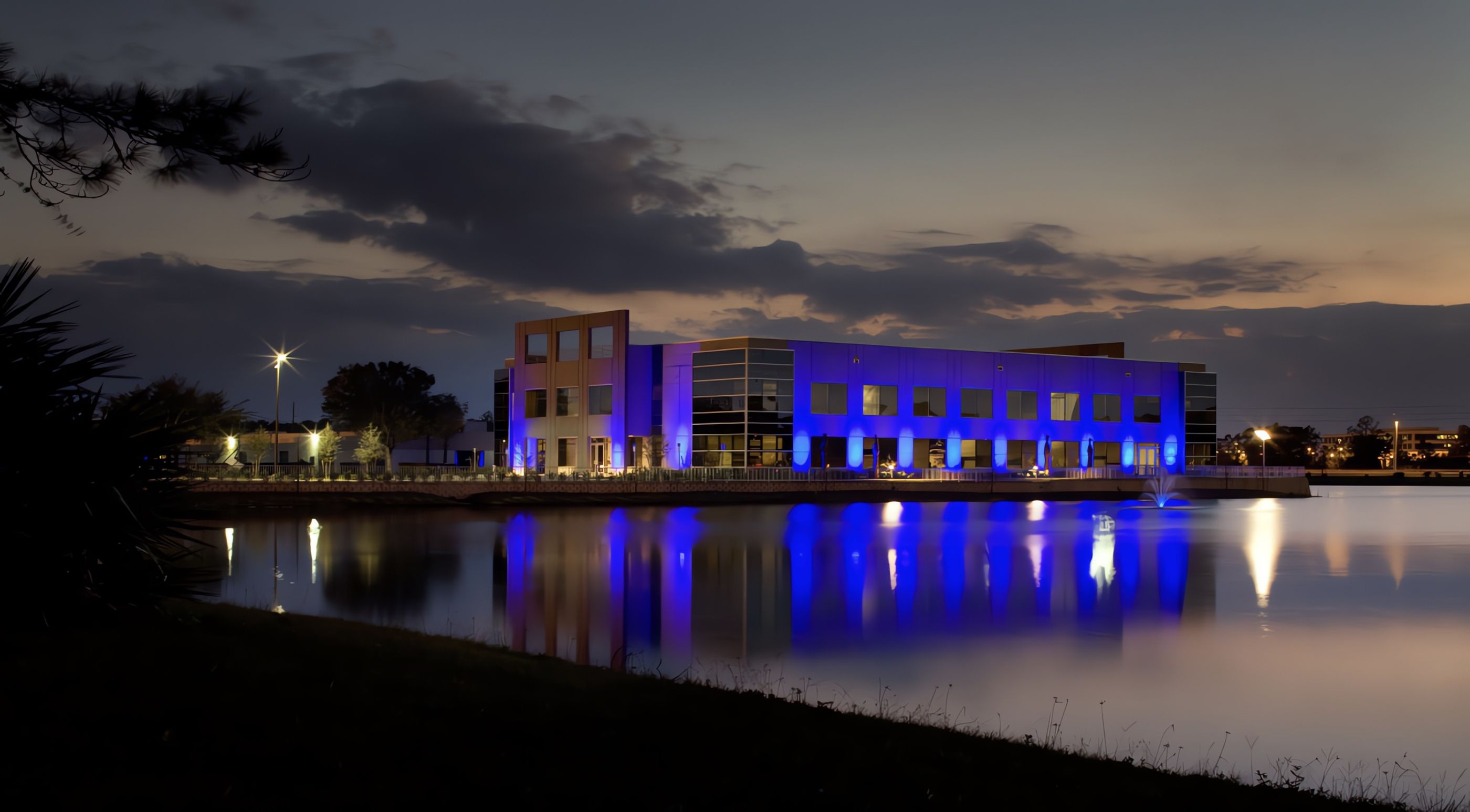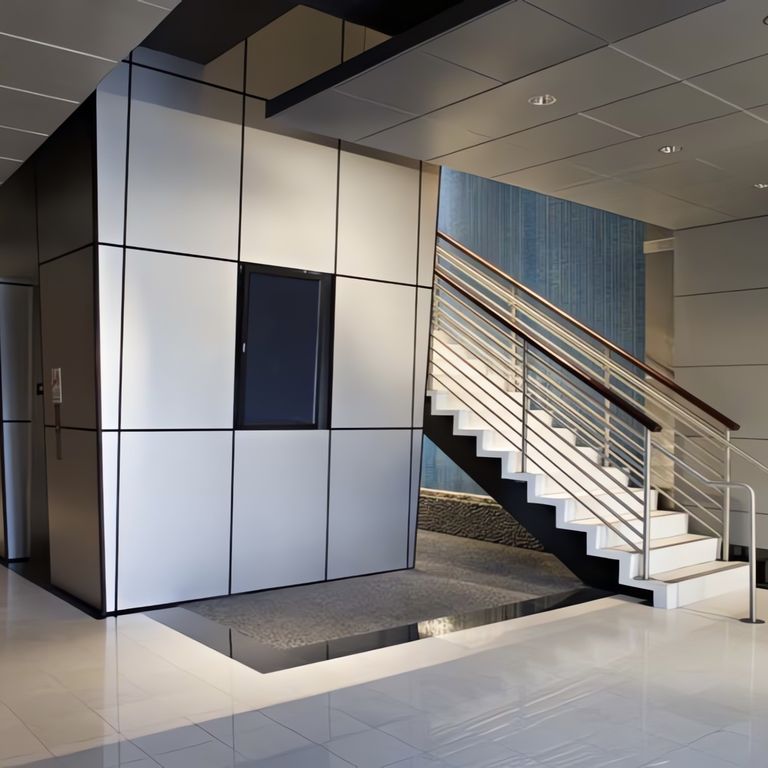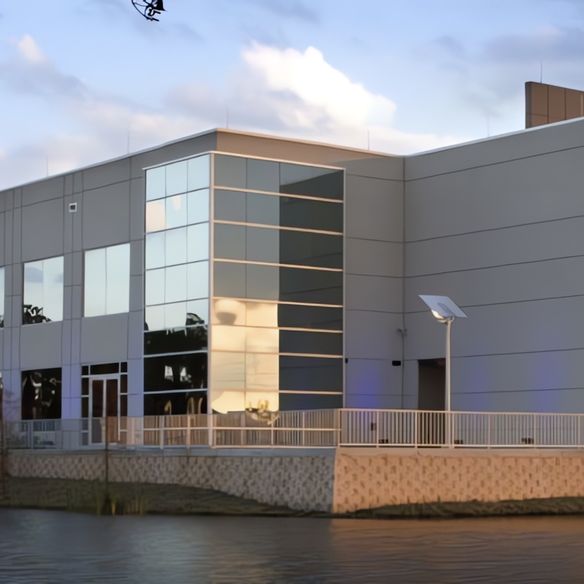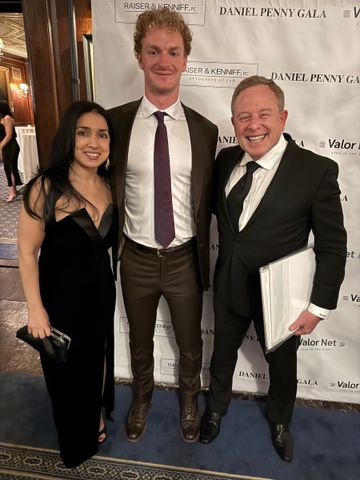About Max Realty
Dedicated to Purpose-Built
Commercial Real Estate
Max King Realty, LLC began by solving space challenges for a fast-growing public company and quickly became known for its hands-on, client-focused approach to industrial and office real estate. With over 500,000 square feet under management and 450,000 square feet in development, the company continues to serve manufacturing, warehouse, and office tenants with the kind of personalized service not typically found among larger developers.

About The Heaven Brand
The "Heaven" brand by Max King Realty delivers premium office space with modern amenities like LED lighting, biometric access, green features, and smart surveillance—backed by strategic partnerships to support the unique needs of today’s tenants.

Our Community Commitment
Max King Realty, LLC is proud to support a wide range of charitable organizations, including foundations for U.S. and Israeli Navy SEALs, the Wounded Warrior Project, Runaway to Hope, local schools, and community initiatives—reflecting our ongoing commitment to honor service, strengthen families, and uplift our community.

About Brett M. Kingstone
Brett M. Kingstone, founder of Max King Realty, holds numerous U.S. and international patents in fiber optic and LED technologies and is the author of several books, including The Real War Against America and The Student Entrepreneur’s Guide, sharing insights on innovation, entrepreneurship, and protecting intellectual property.












